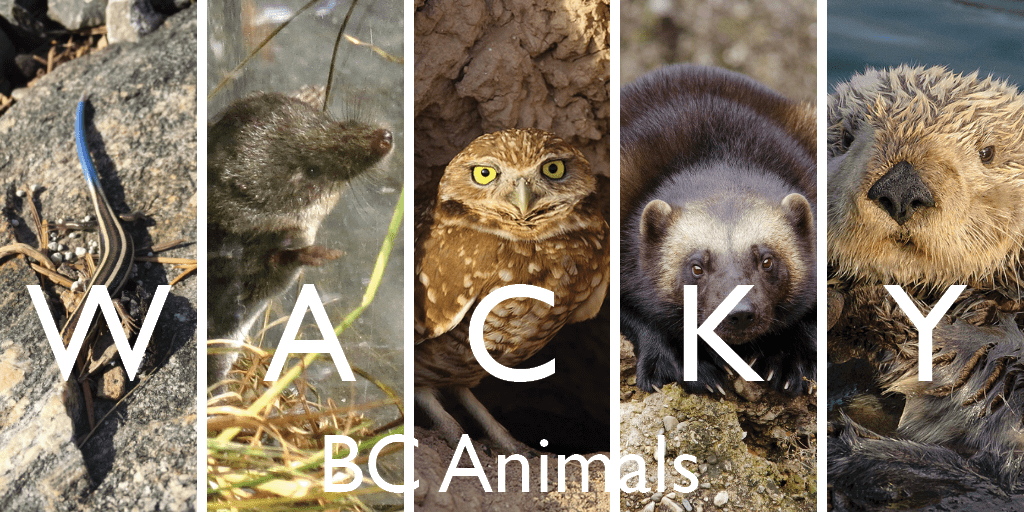
With some of the highest levels of biodiversity in the country, BC abounds with flora and fauna from oceans to mountains to grasslands and beyond. Whether it’s their appearance, behaviour, habitat or all of the above – BC also has its fair share of bizarre creatures. Strange animals tend to be the most interesting because they spark our curiosity and invite us to dive deeper into what makes them special. So let’s take a look at some of the weird and wacky species that call British Columbia home.
The Western Skink’s Decoy Diversion
One of the most dazzling lizards in BC, the Western Skink has a glorious, bright blue tail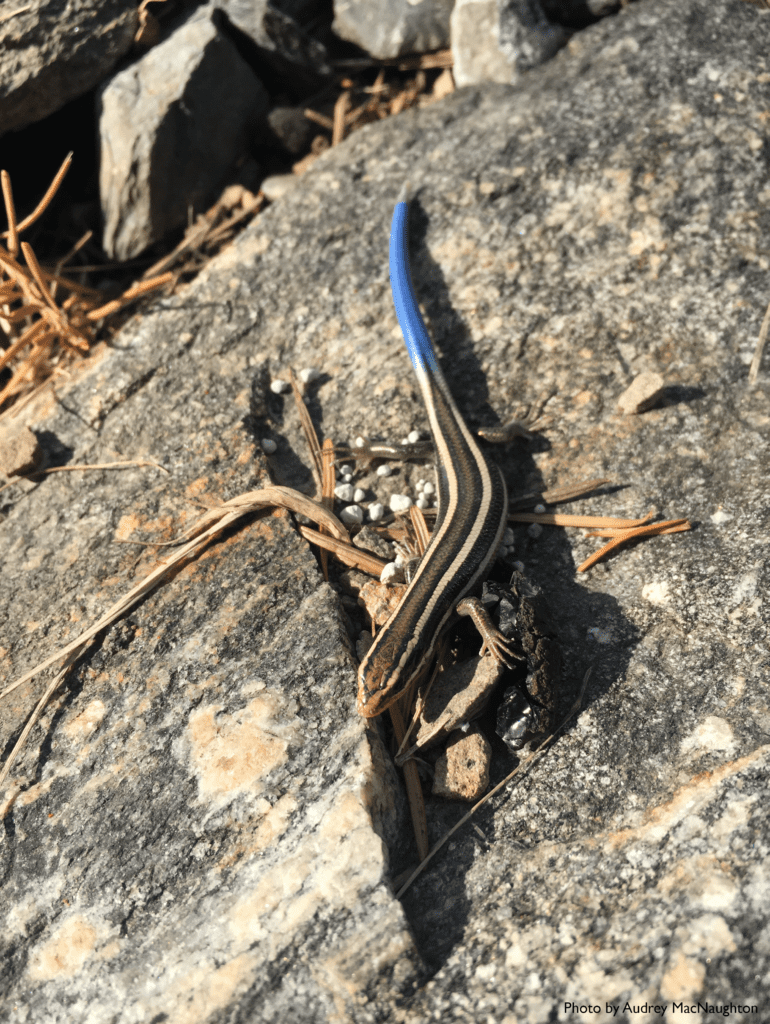 that looks almost fluorescent. The bright tail contrasts with the skink’s body, which is brown, black, and gray with four cream-coloured stripes running all the way down.
that looks almost fluorescent. The bright tail contrasts with the skink’s body, which is brown, black, and gray with four cream-coloured stripes running all the way down.
When this reptile feels threatened, it will try to escape by running and hiding – but, if it is unable to do so, the skink will bite its attacker and detach its tail completely. This now severed appendage will thrash around on the ground for minutes – distracting the predator with the strange movement of vivid blue.
No need to fret over the lost tail – a new tail regenerates over time and can become even bigger than the original! Strangely, the tail almost never comes back blue though, which scientists still don’t completely understand.
Pacific “Jesus” Water Shrew
Right at home with the BC’s surfer crowd, this Pacific Water Shrew is actually able to walk on water – without even using a surf board!
Instead, this tiny shrew has hairy, fringed feet that trap air bubbles, allowing it to run on 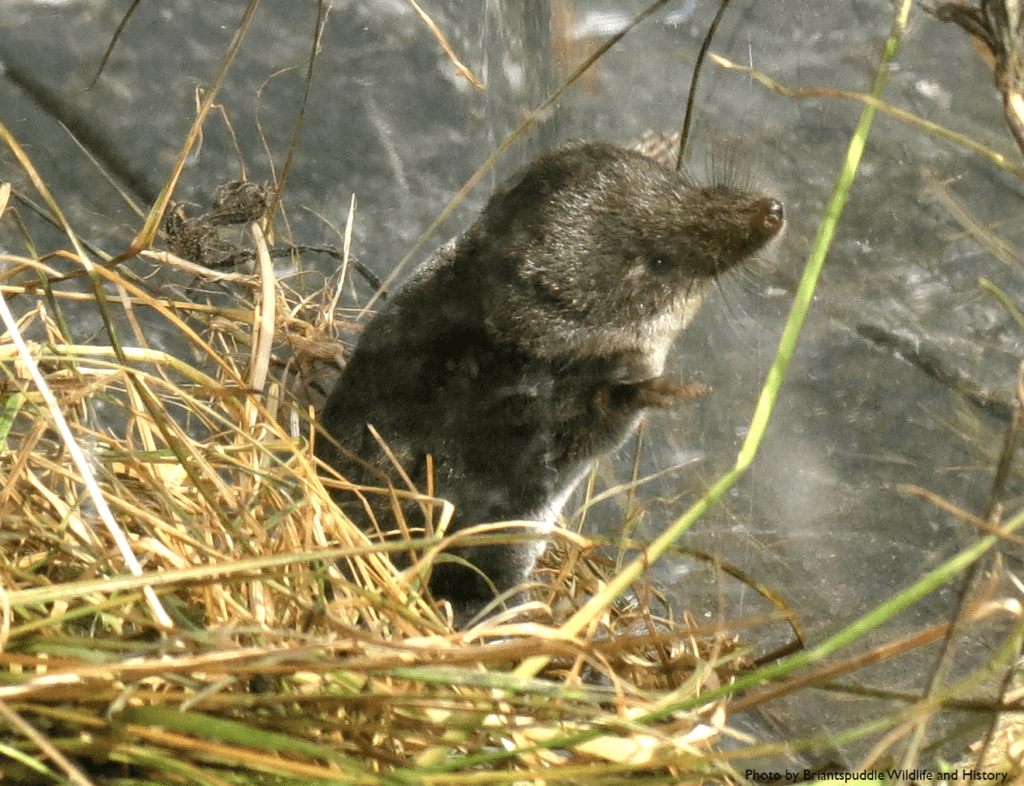 the water’s surface for more than 5 seconds. This is what earned the species the nickname of “Jesus shrew”. These specialized feet also allow for impressive swimming and diving abilities. They are actually able to dive as deep as two meters for over a minute.
the water’s surface for more than 5 seconds. This is what earned the species the nickname of “Jesus shrew”. These specialized feet also allow for impressive swimming and diving abilities. They are actually able to dive as deep as two meters for over a minute.
You can find these little guys along stream sides, lake beaches, wetlands and other water bodies from West Vancouver to Hope. Unfortunately, the Pacific Water Shrew is at risk due to habitat loss from urban development and logging.
Burrowing Owls and Poop Decor
“Poop” and “decor” are not usually words you associate with one another – but you are a human, not a Burrowing Owl. So maybe don’t judge!
These cute little owls actually really like their poop decor, thank you very much. 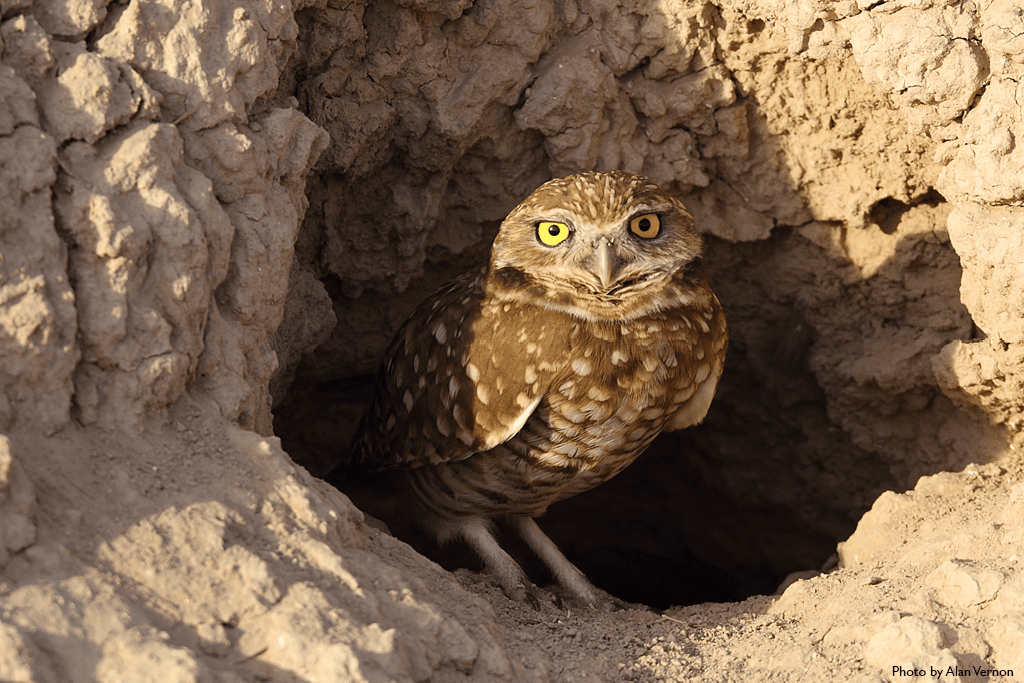 This is because it helps them catch one of their favourite foods, dung beetles. By collecting deer or cow poop and placing it at the opening of their burrow, Burrowing Owls are able to lure dung beetles right to their doorstep. Almost like ordering in from your favourite pizza place.
This is because it helps them catch one of their favourite foods, dung beetles. By collecting deer or cow poop and placing it at the opening of their burrow, Burrowing Owls are able to lure dung beetles right to their doorstep. Almost like ordering in from your favourite pizza place.
Unable to dig their own burrows, they usually use the abandoned burrows of other small animals like badgers and ground squirrels. Burrowing Owls are also able to hiss like rattlesnakes in order to deter their predators.
Found throughout the Okanagan and Kamloops regions, these small owls are one of the most endangered birds in the country
Ferocious Wolverines
Many describe the Wolverine as the fiercest creature on earth – with one of the worst tempers! Only weighing about 35 pounds, these crazy critters have actually been known to drive a grizzly bear off a kill and single-handedly take down a moose or caribou.
With strong teeth, impressive neck and shoulder muscles, and long claws, Wolverines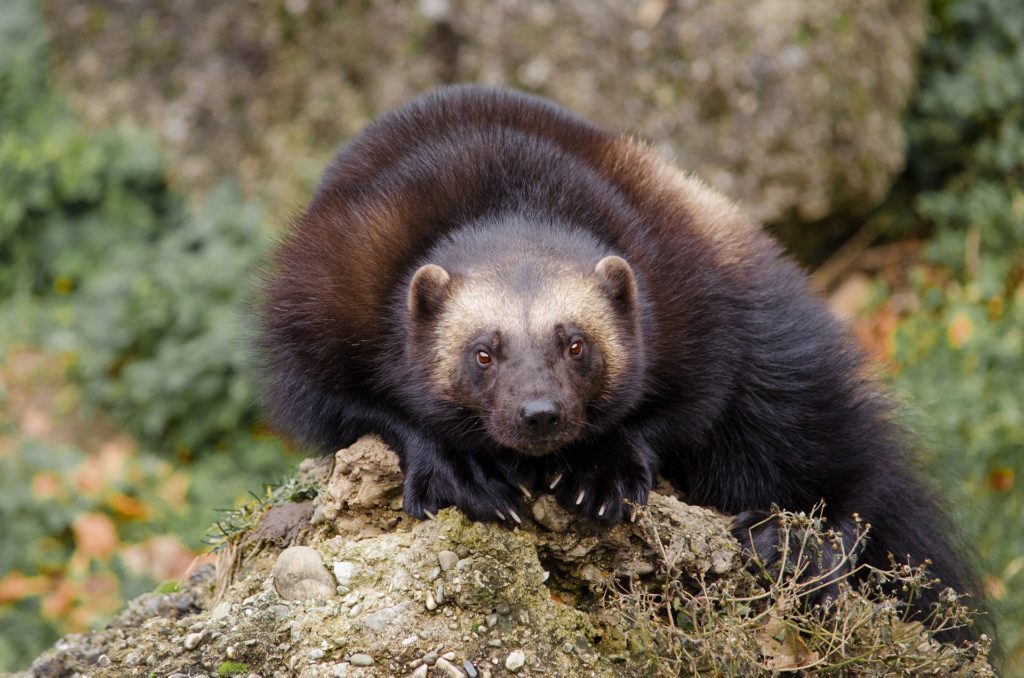 are able to easily chew through large bones and dense flesh. Despite their ferocious form and temper, they prefer to scavenge and usually rely on other predators, like wolves, to do the hunting for them.
are able to easily chew through large bones and dense flesh. Despite their ferocious form and temper, they prefer to scavenge and usually rely on other predators, like wolves, to do the hunting for them.
Belonging to the weasel family, the Wolverine is also called the “skunk-bear” because of its striped coat and the way it uses urine and musk to mark its territory. Often larger than 1500 square kilometers, Wolverines have extensive territories which are highly threatened by logging and agriculture. Their last remaining habitats are found in BC and the Yukon.
Otters with the Thick Fur
They’ve got the looks, they’ve got the intelligence, they’ve even got the pockets – what don’t Sea Otters have?
I’m sure you are well aware of how cute Sea Otters are, but did you know that they also have the densest fur of any living animal? With more than 100,000 hairs per square centimeter, Sea Otters are virtually waterproof, keeping their skin nice and dry even when swimming in the cold ocean.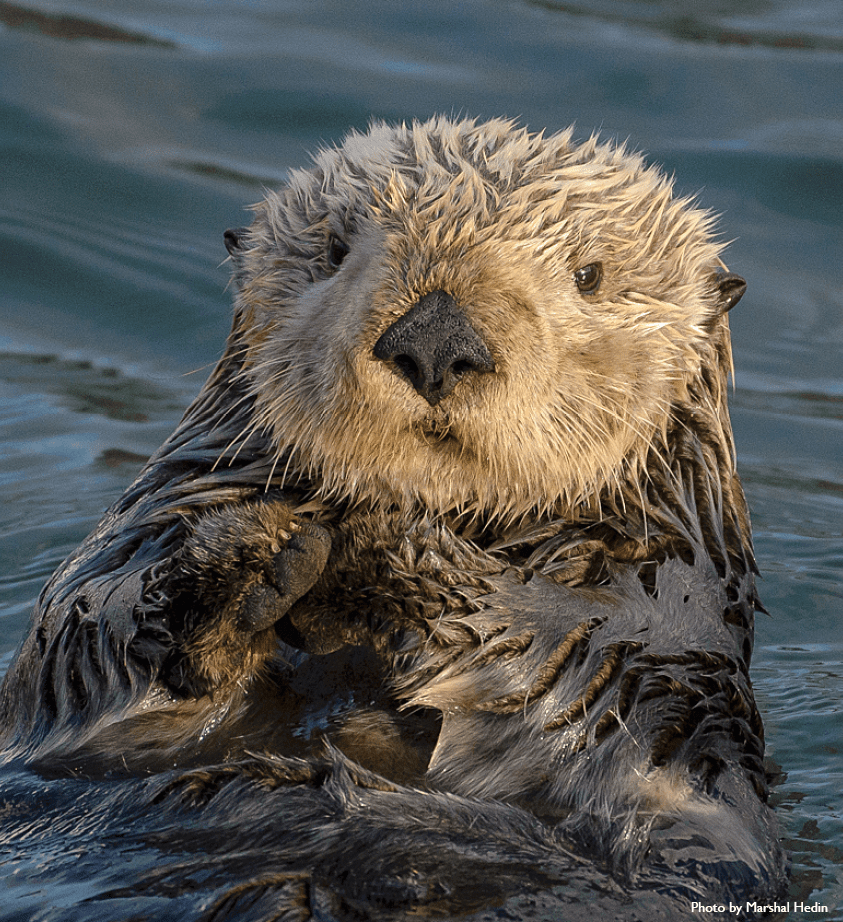
Otters are also one of the only animals in the world besides humans, monkeys, and apes, known to use tools. After scooping up a clam, mussel or crab, otters will float on their back and turn their bellies into a little table. Then, using a rock stored in their built in pockets (an armpit pouch of loose skin), otters will hammer the shellfish until it breaks open and they can eat whatever tasty treat awaits inside.
By 1929, sea otters were extirpated because they were highly sought after by people for their soft fur. That is, until 1969 when Alaskan Sea Otters were released back into BC waters. With a population higher than 5000, their numbers are definitely healthier, but they still remain a species at risk.
